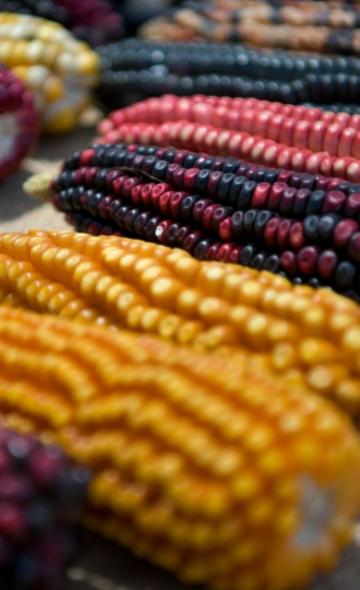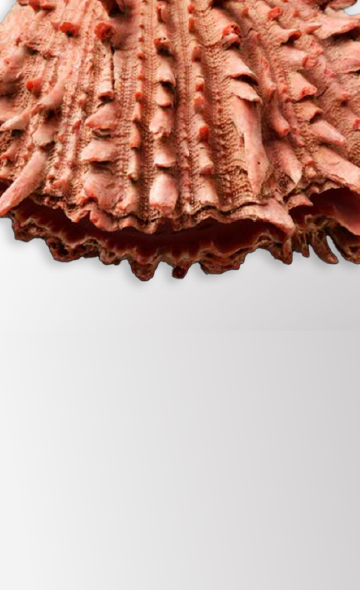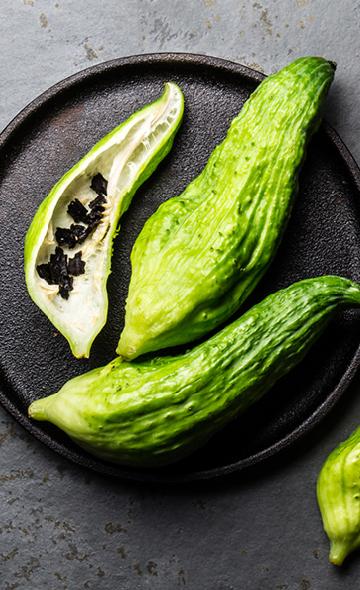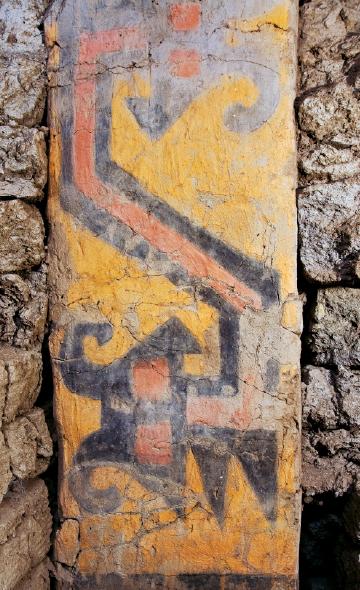- Visitors
- Researchers
- Students
- Community
- Information for the tourist
- Hours and fees
- How to get?
- Visitor Regulations
- Virtual tours
- Classic route
- Mystical route
- Specialized route
- Site museum
- Know the town
- Cultural Spaces
- Cao Museum
- Huaca Cao Viejo
- Huaca Prieta
- Huaca Cortada
- Ceremonial Well
- Walls
- Play at home
- Puzzle
- Trivia
- Memorize
- Crosswords
- Alphabet soup
- Crafts
- Pac-Man Moche
- Workshops and Inventory
- Micro-workshops
- Collections inventory
- News
- Students
- Food in Ancient Peru
News
CategoriesSelect the category you want to see:
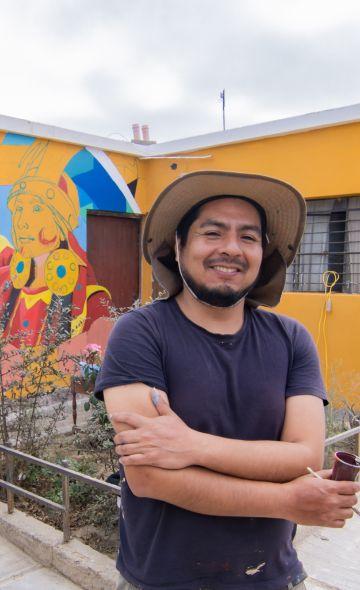
Magdalena de Cao to Once Again Host an International Mural Art Gathering ...
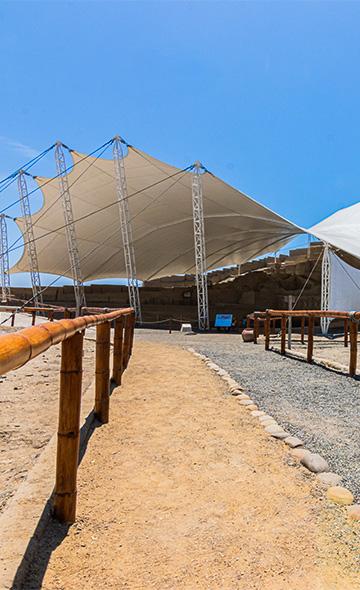
Explore El Brujo Through Virtual Tours: Culture and History at a Click ...
To receive new news.
By: Complejo Arqueológico El Brujo
Food is a crucial aspect of a society's culture and history. In the case of pre-Hispanic Peru, pre-Columbian populations stood out for their ability to take advantage of the natural resources of their environment and develop a rich and varied diet over millennia. In this article, we tell you about the most outstanding aspects of food in ancient Peru, focusing on the foods that played a fundamental role in their diet.
Maize
Maize, one of the most emblematic crops of the Americas, played a central role in the diet of the first Peruvian civilizations. The oldest remains of maize in Peru have been found at Huaca Prieta, with samples dating back more than 6,500 years. As for the variety of maize that has been cultivated in Peru, the Proto-Confite Morocho, the Confite Chavinense, the Proto Kculli and the Proto-Alazán, which were common in the diet of our ancestors, stand out.
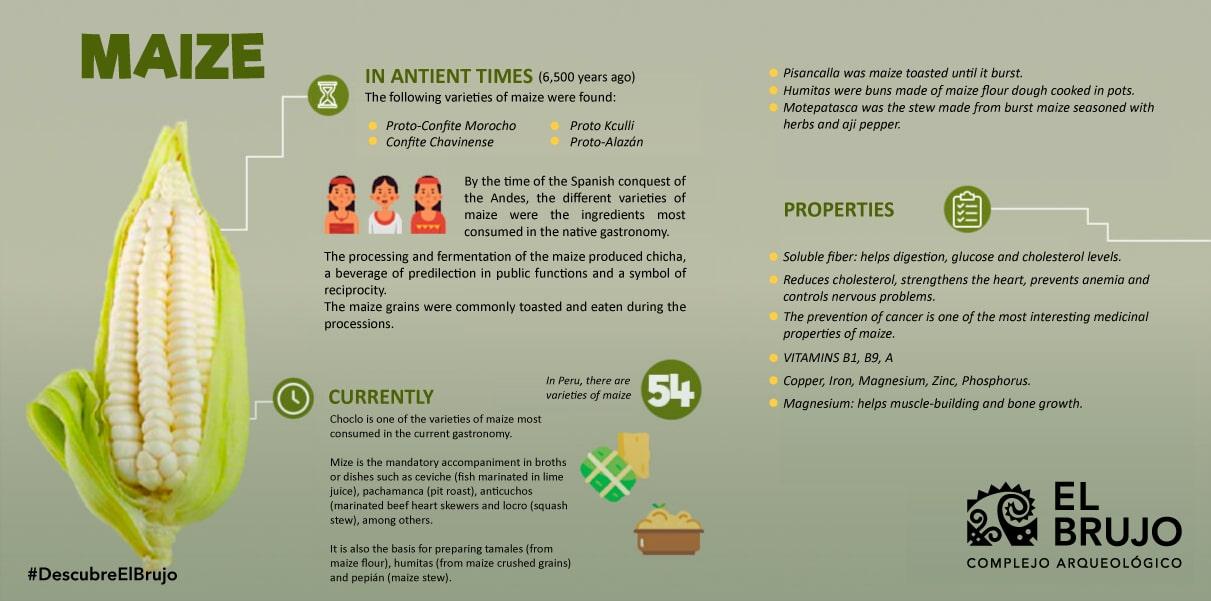
Andean potato
The Andean potato, native to the Peruvian-Bolivian Andean Plateau, is one of the best-known tubers in the world. Its domestication began around 6,000 B.C. in these regions and was distributed along the various altitudinal levels, leading to the diversification of potato varieties. Ancient populations valued the potato for its versatility and flavor, and to this day it remains an essential ingredient in Peruvian cuisine.
Jack bean
Jack bean is a food that is grown throughout Peru, but its current consumption is relatively low. However, its history in the national culinary tradition dates back thousands of years. Research at El Brujo has revealed that the consumption of Jack bean dates back more than 4,000 years, underscoring its importance in the diet of our ancestors.
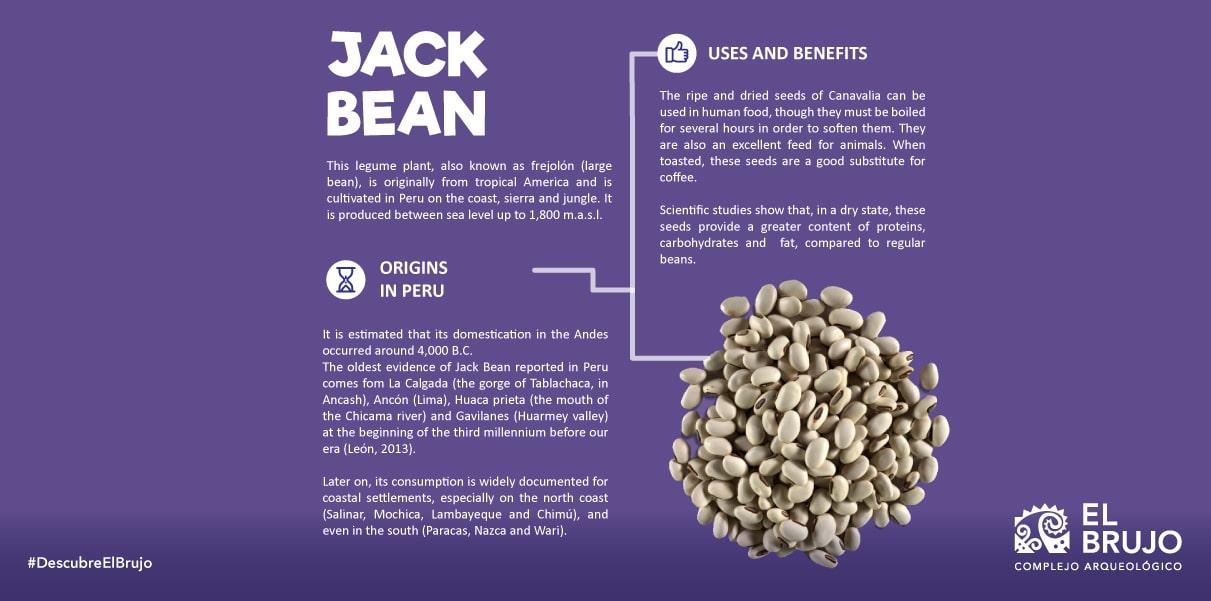
Avocado
The Peruvian avocado has an antiquity of more than 10,000. And it is known that the main regions in which it was cultivated were Ica, Azángaro and Huamanga. However, there is also evidence of avocado consumption on the northern Peruvian coast, specifically in Huaca Prieta.
.jpg)
Curcubita squash
Curcubita squash is another native food that played a prominent role in the diet of ancient Peru. It is known to have been consumed by ancient Peruvian populations for more than 10,000 years. It is even represented in the pottery of the Mochica culture. This product is considered one of the most important and representative of Lambayeque nowadays.
Sweet potato
Sweet potato, domesticated approximately 10,000 years ago, originated in the tropical region spanning from Central America to South America. The most remote vestiges, found in Huaca Prieta, date between 5,308 and 4,107 B.C. and reveal their presence in the diet of the civilization that settled in this place, in this period. Consumed in various manners, whether boiled or roasted, ancient Peruvians used it as a garnish in typical dishes.
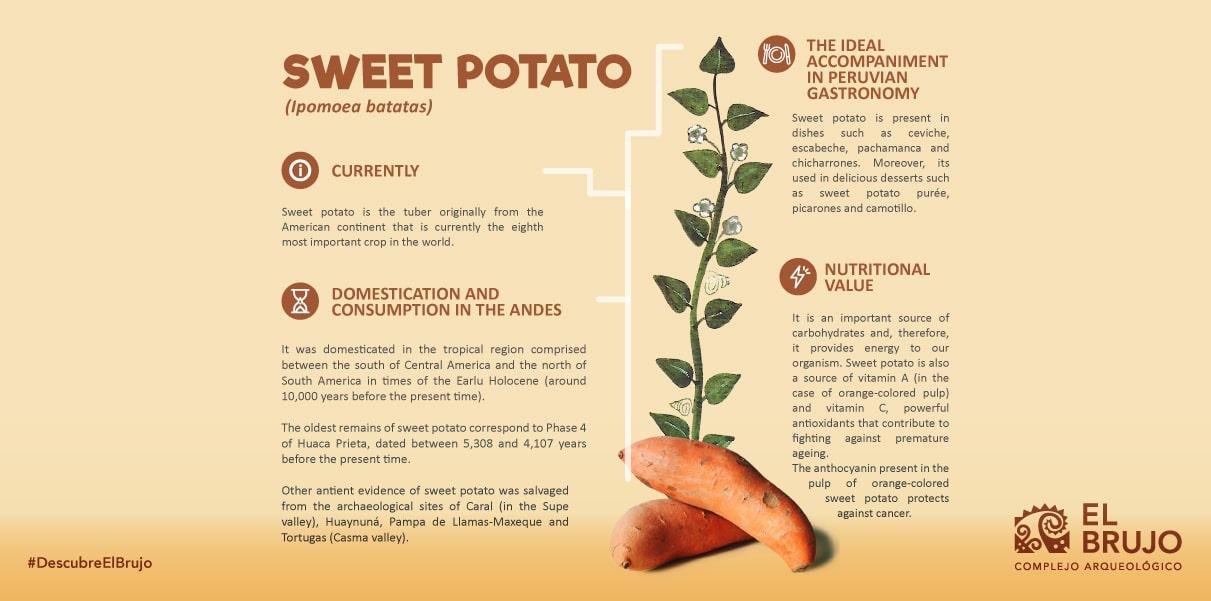
Sapote (Pouteria sapota)
Sapote is a fruit tree native to South America that has been present for more than 5,000 years in the diet of ancient Peruvians. Evidence of the consumption of sapote is found in excavations at Huaca Prieta, where it may have been consumed fresh, although it is currently also used in the preparation of sweets such as jams, among other desserts.
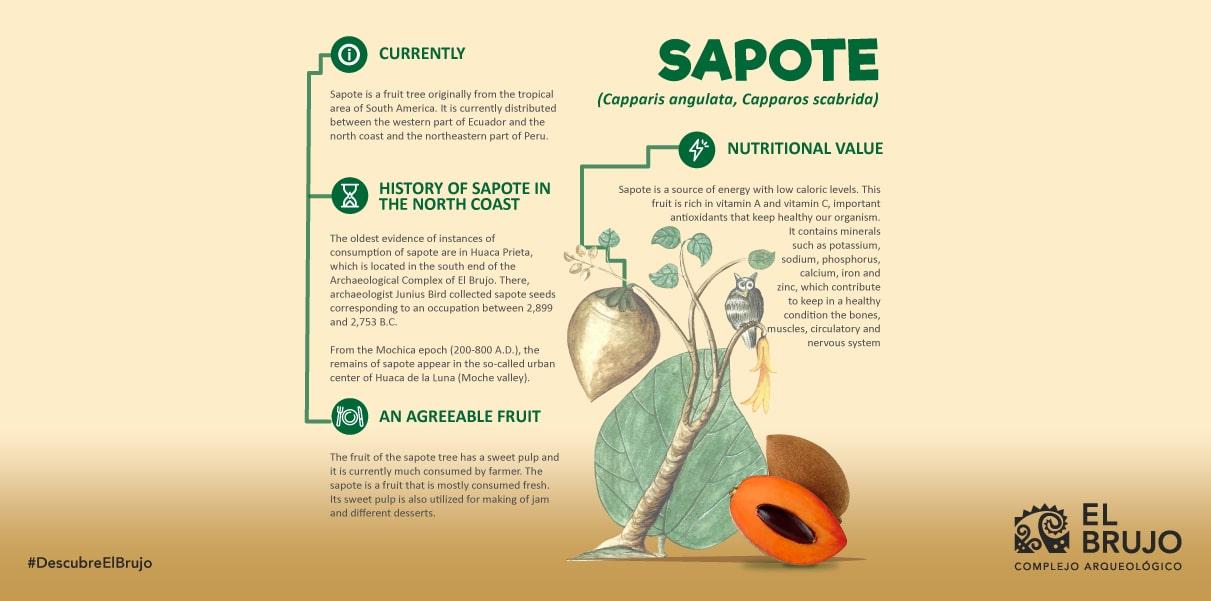
Pacae (Inga brachyptera)
.jpg)
Pacae is a tree and fruit found throughout the Peruvian territory, from the north and central coast to the jungle. In pre-Hispanic Peru, there is evidence of its consumption dating back 8,000 years. Various cultures, such as Cupisnique, Paracas, Moche, and Chimú, depicted it in their iconography and pottery. The Spaniards also recognized its importance, and Bishop Martínez Compañón recorded it in his work Trujillo del Perú. Spanish Agency for International Cooperation (1998).
Yellow aji pepper
Throughout history, aji pepper has been used in various traditional dishes and has been an integral part of Peruvian culinary culture, from pre-Hispanic times to the present. In the El Brujo Archaeological Complex, there is also ancient evidence of its consumption, including varieties such as ají limo (yellow lantern chili) and rocoto pepper.
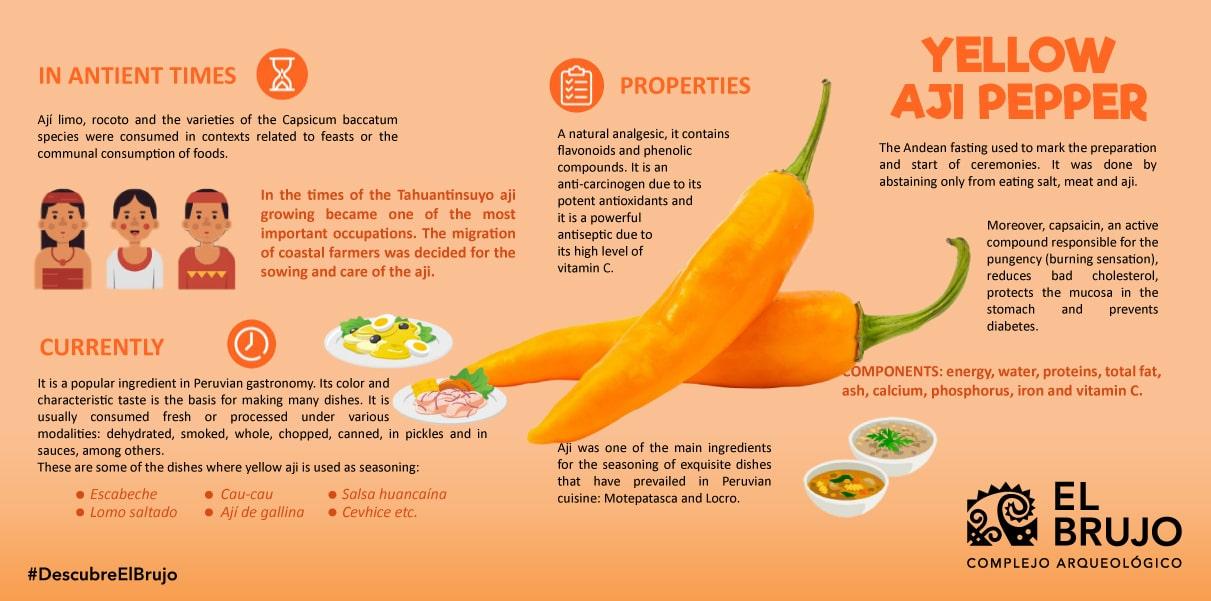
If you wish to know more about the nutrients, properties and the history behind each of the Andean foods, on the El Brujo website we have a section of infographics that you can view here. You can also read all of our research notes on each food in our blog section.
Students , outstanding news


